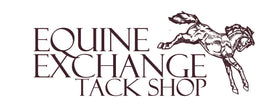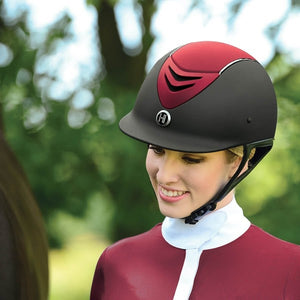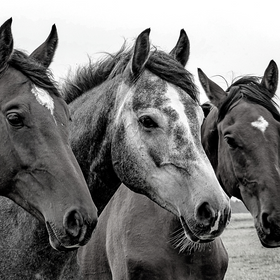
Bell Boots, Yay or Nay
What Are Bell Boots?
Bell boots are a protective covering worn by horses to protect their hooves. Overall, the bell boot is a cup-shaped covering that fully covers the hoof and extends past the pastern. It is like a shoe for a horse. Bell boots are manufactured in several different materials. Some slip on for a snug fit, while others are secured with velcro straps.
Owners use bell boots to protect their horses’ hooves and pasterns from injury because of overreach or leg striking.
During tough riding and turnout, horses can strike their front feet with their hind feet, causing serious injury and wear. Horses that compete in dressage and jumping are most prone to this injury.
The bell boot is a type of protective covering for your horse. It can help reduce the risk of injury and protect against other ailments.
Pros of Using Bell Boots
Protection Against Overreaching
Bell boots primarily protect your horse’s hooves from overreaching injuries in which the hind foot strikes the front foot. Overreaching can lead to pain, injury, and lameness. It can also cause horses to pull off their front shoes. The front foot is protected from injury if contact occurs with bell boots.
Support During Rigorous Activities
Bell boots also protect the heel bulb. Bell boots can help absorb impact with rubber and extra padding. This additional material will absorb shock from impact.
Prevention of Injuries
The most important reason to use bell boots is to prevent injury. Not only do bell boots protect the hoof and pastern from impact injuries, but they also protect them from abrasions and cuts. Even more so, they will protect the horse from throwing shoes.
Cons of Using Bell Boots
Proper Fit Challenges
Fitting bell boots can be difficult. No horse hoof shape is identical, so that the correct bell boot will vary for every horse. You do not want to choose a bell boot that is too tight, as this can cause injury, rubbing, and chafing. On the other hand, a loose bell boot will put you at risk of injury from falling off and decrease the protection it provides.
Potential for Rubbing and Chafing
Poor-fitting or poorly attached bell boots can cause rubbing and chafing. Additionally, rough materials can cause issues with your horse’s skin. Skin irritations, sores, and infections can occur if the rubbing continues. Not only can these be serious problems, but they can also be very painful for your horse.
Check your horse’s legs regularly when he is wearing bell boots. If your horse suffers an injury like this, consult your veterinarian immediately.
Maintenance and Care
Bell boots can suffer wear and tear as your horse uses them. You will need to examine the bell boots regularly for signs of damage. Repair any damage possible. In some instances, you will need to replace the bell boots.
Follow the manufacturer’s directions for proper care, washing, and maintenance of your bell boots.





